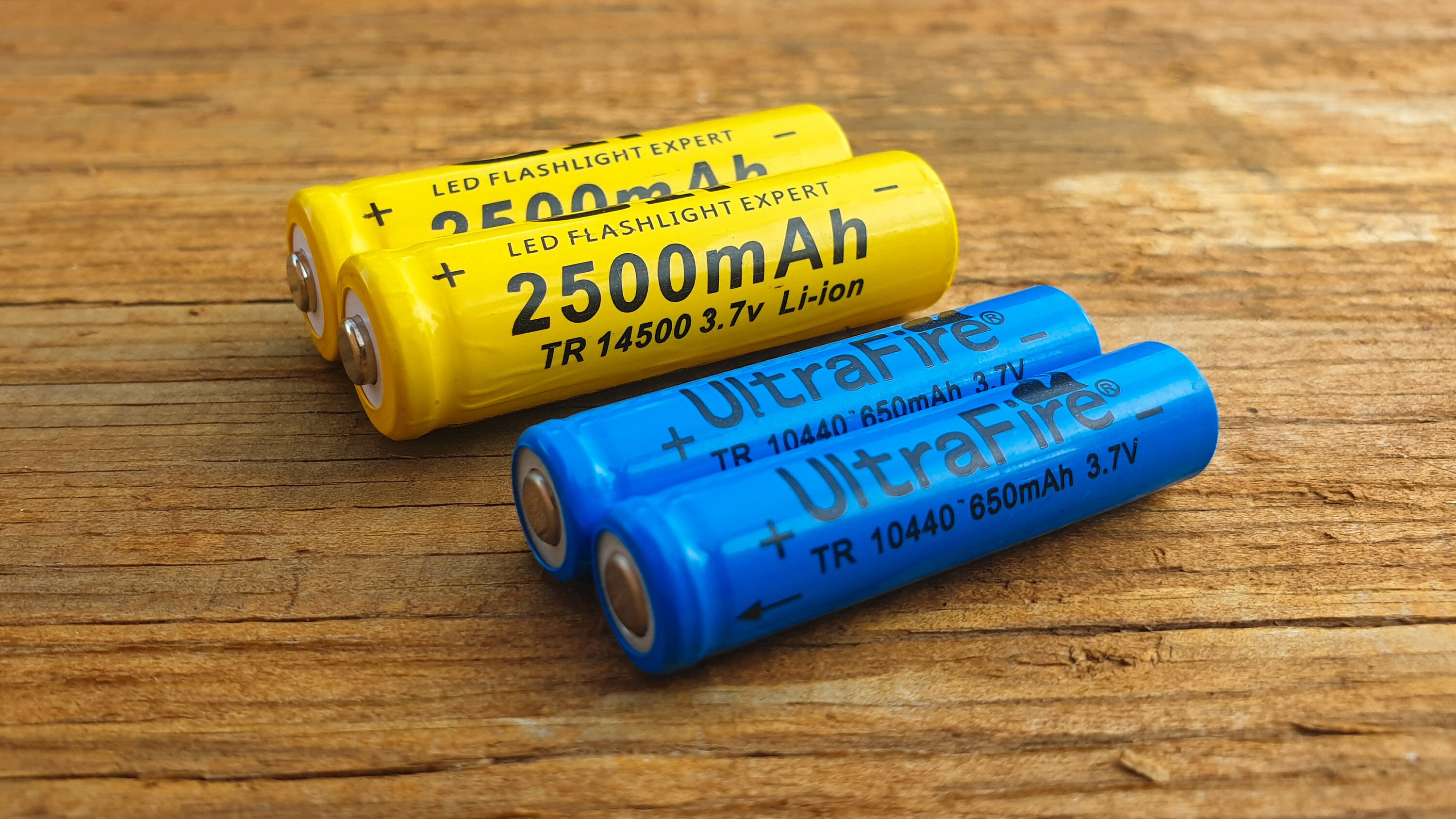

Godshall et al., and, shortly thereafter, Koichi Mizushima and John B. In 1980 working in separate groups Ned A. More prohibitively, the batteries were also prone to spontaneously catch fire due to the presence of metallic lithium in the cells. Exxon tried to commercialize this battery in the late 1970s, but found the synthesis expensive and complex, as TiSĢ is sensitive to moisture and releases toxic HĢS gas on contact with water. Stanley Whittingham in 1974, who first used titanium disulfide ( TiSĢ) as a cathode material, which has a layered structure that can take in lithium ions without significant changes to its crystal structure. The breakthrough that produced the earliest form of the modern Li-ion battery was made by British chemist M. Research on rechargeable Li-ion batteries dates to the 1960s one of the earliest examples is a CuFĢ/Li battery developed by NASA in 1965. Main article: History of the lithium-ion battery Strategies include aqueous lithium-ion batteries, ceramic solid electrolytes, polymer electrolytes, ionic liquids, and heavily fluorinated systems. Research has been under way in the area of non-flammable electrolytes as a pathway to increased safety based on the flammability and volatility of the organic solvents used in the typical electrolyte. Research areas for lithium-ion batteries include extending lifetime, increasing energy density, improving safety, reducing cost, and increasing charging speed, among others. Both environmental issues have encouraged some researchers to improve mineral efficiency and alternatives such as iron-air batteries. Moreover, both lithium and other key strategic minerals used in batteries have significant issues at extraction, with lithium being water intensive in often arid regions and other minerals often being conflict minerals such as cobalt. Improperly recycled batteries can create toxic waste, especially from toxic metals and are at risk of fire. NMC and its derivatives are widely used in the electrification of transport, one of the main technologies (combined with renewable energy) for reducing greenhouse gas emissions from vehicles. Such batteries are widely used for electric tools, medical equipment, and other roles. Lithium iron phosphate ( LiFePOģ-based lithium rich layered materials, LMR-NMC), and lithium nickel manganese cobalt oxide ( LiNiMnCoOĢ or NMC) may offer longer lives and may have better rate capability.

Handheld electronics mostly use lithium polymer batteries (with a polymer gel as electrolyte), a lithium cobalt oxide ( LiCoOĢ) cathode material, and a graphite anode, which together offer a high energy density. Ĭhemistry, performance, cost and safety characteristics vary across types of lithium-ion batteries. Lithium-ion batteries are commonly used for portable electronics and electric vehicles and are growing in popularity for military and aerospace applications. Stanley Whittingham, Rachid Yazami and Koichi Mizushima during the 1970s–1980s, and then a commercial Li-ion battery was developed by a Sony and Asahi Kasei team led by Yoshio Nishi in 1991. A prototype Li-ion battery was developed by Akira Yoshino in 1985, based on the earlier research by John Goodenough, M. John Goodenough expanded on this work in 1980 by using lithium cobalt oxide as a cathode. Stanley Whittingham discovered the concept of intercalation electrodes in the 1970s, and invented the first rechargeable lithium-ion battery, which was based on a titanium disulfide cathode and a lithium-aluminum anode, patented in 1977, and assigned to Exxon. They can however, be a safety hazard since they contain flammable electrolytes and, if damaged or incorrectly charged, can lead to explosions and fires. Cells can be manufactured to prioritize either energy or power density. Li-ion batteries have a high energy density, no memory effect (other than LFP cells) and low self-discharge. Li-ion cells use an intercalated lithium compound as the material at the positive electrode and typically graphite at the negative electrode. h/ kg (0.36–0.875 MJ/kg)Ġ.35% to 2.5% per month depending on state of charge ģ.6 / 3.7 / 3.8 / 3.85 V, LiFePO4 3.2 V, Li4Ti5O12 2.3 VĪ lithium-ion battery or Li-ion battery is a type of rechargeable battery composed of cells in which lithium ions move from the negative electrode through an electrolyte to the positive electrode during discharge and back when charging.A 3.6v Li-ion battery from a Nokia 3310 mobile phoneġ00–265 W


 0 kommentar(er)
0 kommentar(er)
